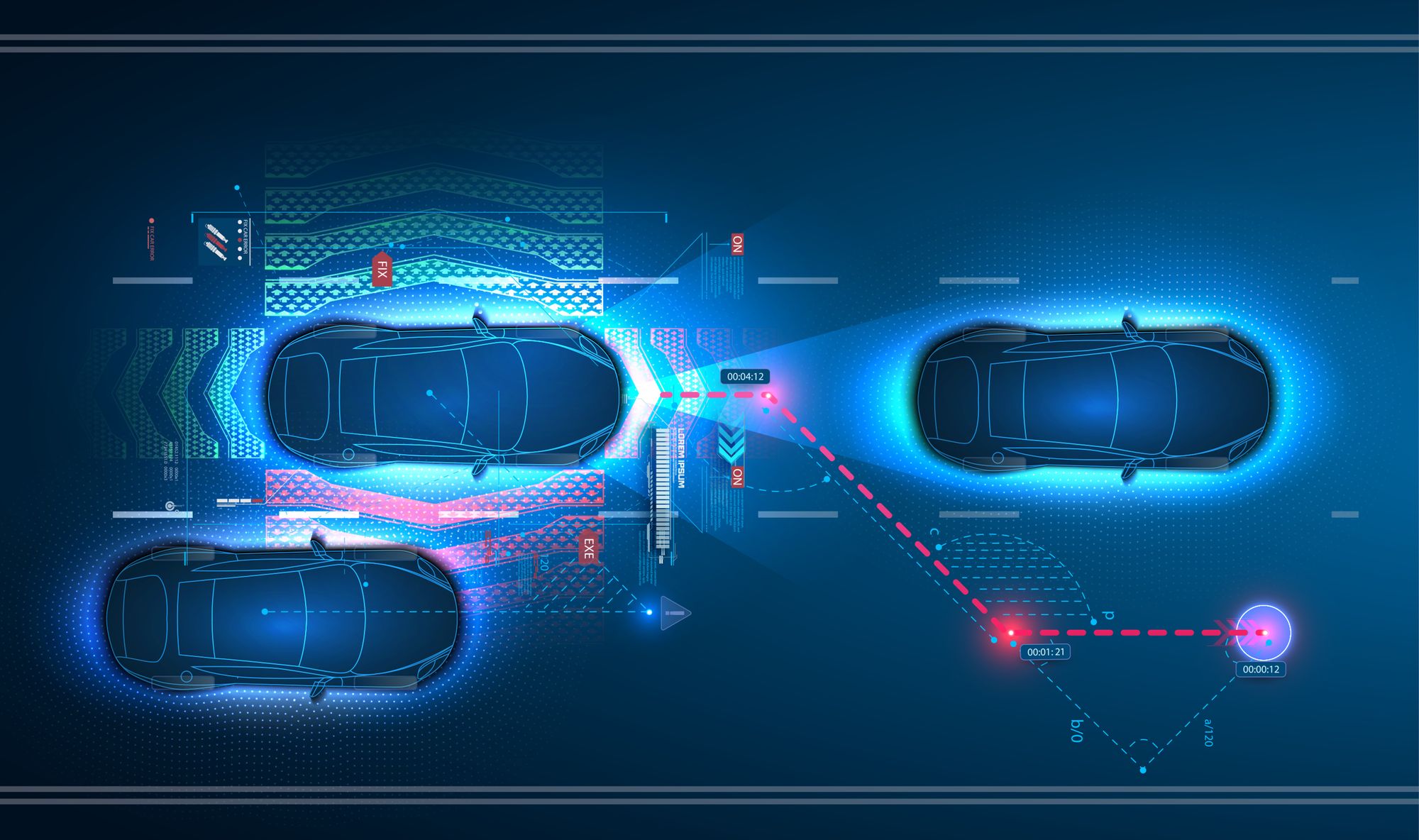The Evolution from Classic Cars to Computers on Wheels
Connected Vehicle Data Series 1 of 7:
A quick look at how environmental regulations as well as the commoditization of computing power and sensors have changed vehicles into rich data sources.
@wiley_19#7828 (DIMO Media Contributor)
Growing environmental concerns about vehicle emissions in the 1970s led to the formation of the Environmental Protection Agency (EPA) and implementation of new regulations such as the Clean Air Act of 1970 and the Corporate Average Fuel Economy program. In response, automakers developed electrical control systems for the engine since the traditional mechanical control systems were no longer able to meet the increasingly stringent requirements.
In the following decades, commoditization of computing power and sensors led to electrical control systems spreading throughout vehicles. Manufacturers deployed this new control strategy to functions outside of the engine, from steering and braking to locking of doors.
Today, vehicles consist of hundreds of sensors and 70+ electronic control units (ECUs—think mini computers). These sensors capture as many as 175 data points about the vehicle's actions, environment, and user inputs. The ECUs then convert this information into digital data packets and broadcast them onto the vehicle's communication networks. In certain cases, they’re broadcast out to the world as well.
In the next post, we'll dive into these data points to better understand what your vehicle knows about itself, its environment, and you.
Drive on to the next post:

This post is from a DIMO community member, and opinions are their own. Digital Infrastructure Inc. does not necessarily endorse any of the views herein.
Alex Rawitz has spent his career in and around startups in the crypto and IoT world, and is always looking to put these technologies to work making people’s lives better. Prior to DIMO, Alex worked with exchanges, defi protocols, and fintechs at Chainalysis. Before that he worked in sales at Servato, an IoT company in the telecom space. He started his career at a startup accelerator, The Idea Village, in New Orleans.
